News: Owners Developers & Managers
Posted: April 1, 2009
Geo Safe Play introduces organic infill for commercial properties
Geo Safe Play will make its organic Geo infill available in smaller quantities that will enable landscape applications for commercial properties and residential. The company exhibited the product for such uses at the 2009 Landscape Industry Show on February 25th and 26th at the Staples Center in Los Angeles.
Geo is an organic synthetic turf "infill" material that has been used across Europe and, more recently, in the U.S. Infill is the material that goes underneath and between synthetic blades of grass. It is patented and guaranteed to perform a minimum of eight years.
As droughts and water shortages persist and as new environmental concerns are raised due to the use of power lawnmowers and fertilizers, synthetic turf is increasingly seen as a desirable alternative to a natural lawn.
Installing synthetic turf eliminates virtually all maintenance costs and dramatically lowers water usage. In 2006, the California Air Resources Board reported that lawnmower engines contribute 93 times more smog-forming emissions than cars, due to the lack of a catalytic converter on lawnmower engines.
Geo is a natural alternative and less abrasive than any other available infill product resulting in safer turf for children and pets. Ordinary infill is made from crushed, recycled car tires which can be toxic and retain excessive heat, making the surface temperature dangerous in the summer months. Crumb rubber infill also contributes to elevated water runoff and the resultant drainage issues.
Turf filled with Geo will remain considerably cooler than synthetic turf with ordinary or no infill. This product has been successfully used in many hot climates around the world.
Geo is made of recycled organic materials - coconut fiber and cork.
The material is 100% environmentally safe, validated by lab testing, and does not produce harmful vapors or toxins.
"A lawn infilled with this material is similar to the highest quality natural grass lawn, and it guarantees use of the yard even under adverse weather conditions," says Geo Safe Play President Domenic Carapella. "The natural materials retain humidity and absorbs the heat from the synthetic grass blades. When the infill is no longer needed it can be easily removed and recycled by being spread over flowerbeds and planters."
MORE FROM Owners Developers & Managers
Mount Vernon Co. acquires John Carver Inn & Spa in Plymouth, MA
Plymouth, MA The Mount Vernon Company (MVC), a Boston-based real estate and hospitality investment firm, has completed the acquisition of the John Carver Inn & Spa, an 80-room property.

Quick Hits
Columns and Thought Leadership
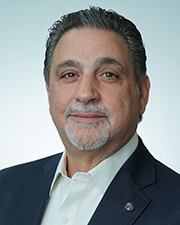
Selecting the right façade installation firm - by Steven Powell
As the owner of a major new property being developed, or an existing large building preparing for major renovation, you want your design and construction team to have the right experience, capabilities, and expertise to match the project demands. A critical member of this team will be the façade installation specialty firm, since the quality of this installation will impact
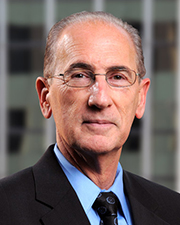
Recently passed legislation creates opportunities to meet CT’s changing energy needs - by Klein and Feinn
For decades, New England has had a summer-peaking power system, where the greatest energy use occurs on the hottest and most humid days, due to widespread use of air conditioning. But by the mid-2030s, electrification of the heating sector likely will result in a winter peak that’s higher than the summer peak.
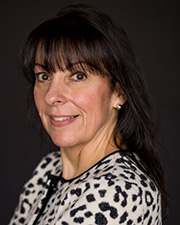
IREM President’s Message: Fostering community connections during the holiday season
The holidays are again taking center stage, and with them comes an opportunity for multifamily communities to connect with the businesses and organizations in their cities and towns, fostering a sense of unity and generosity during this giving season

.png)
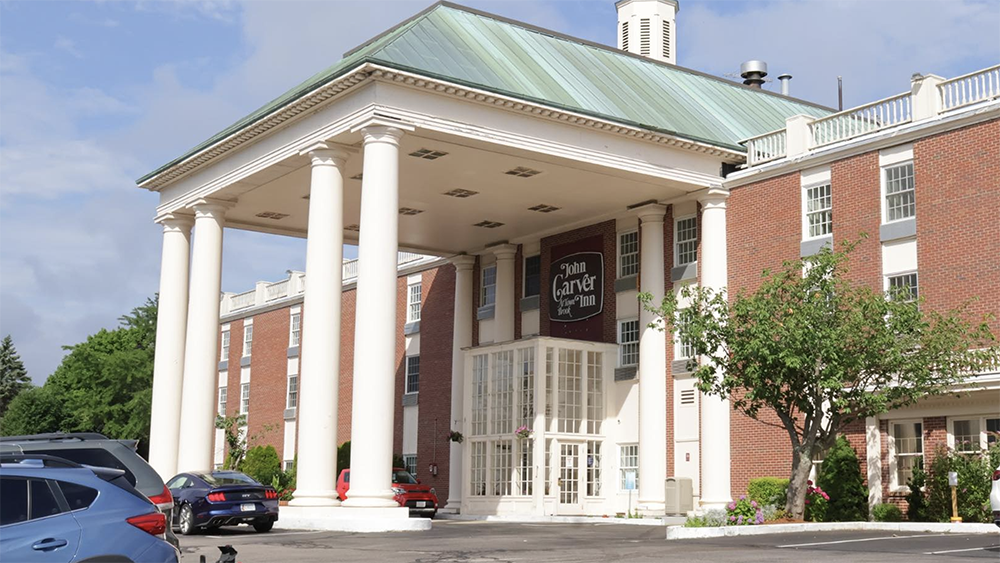
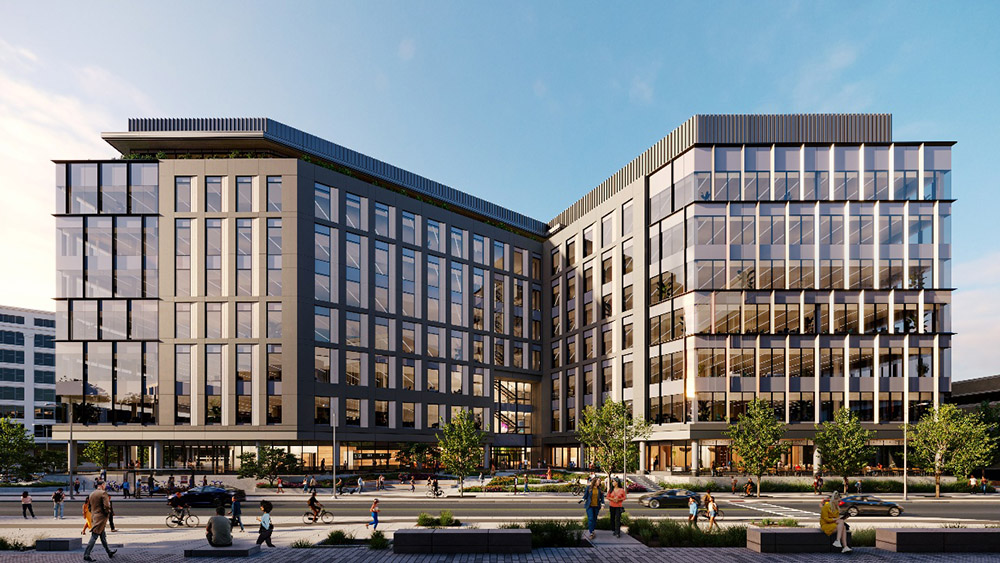

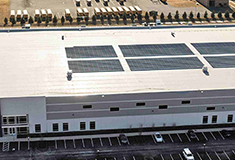
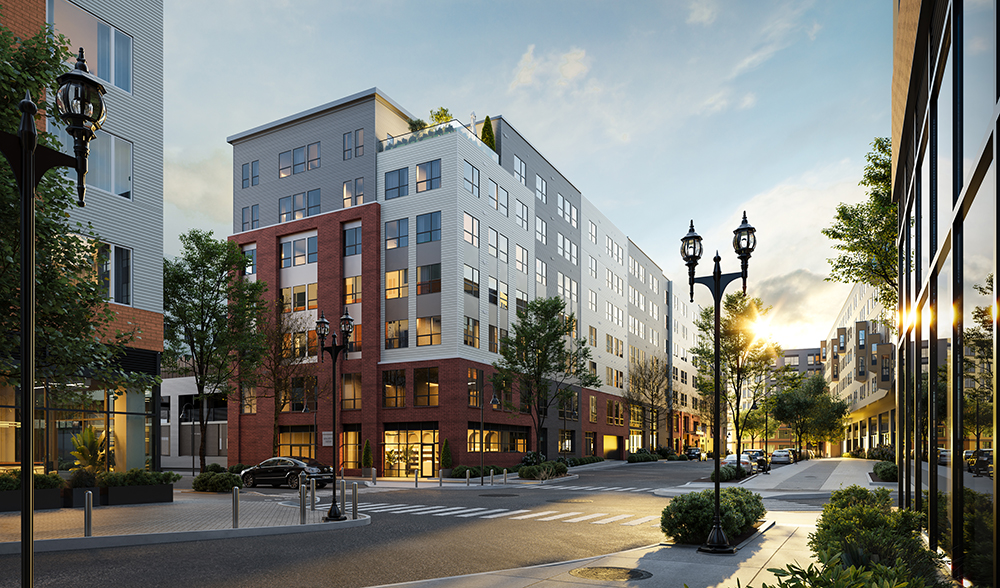
.png)
